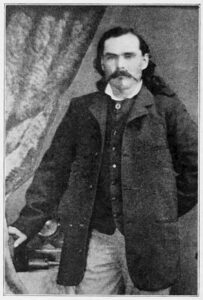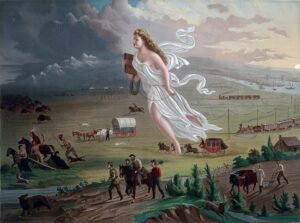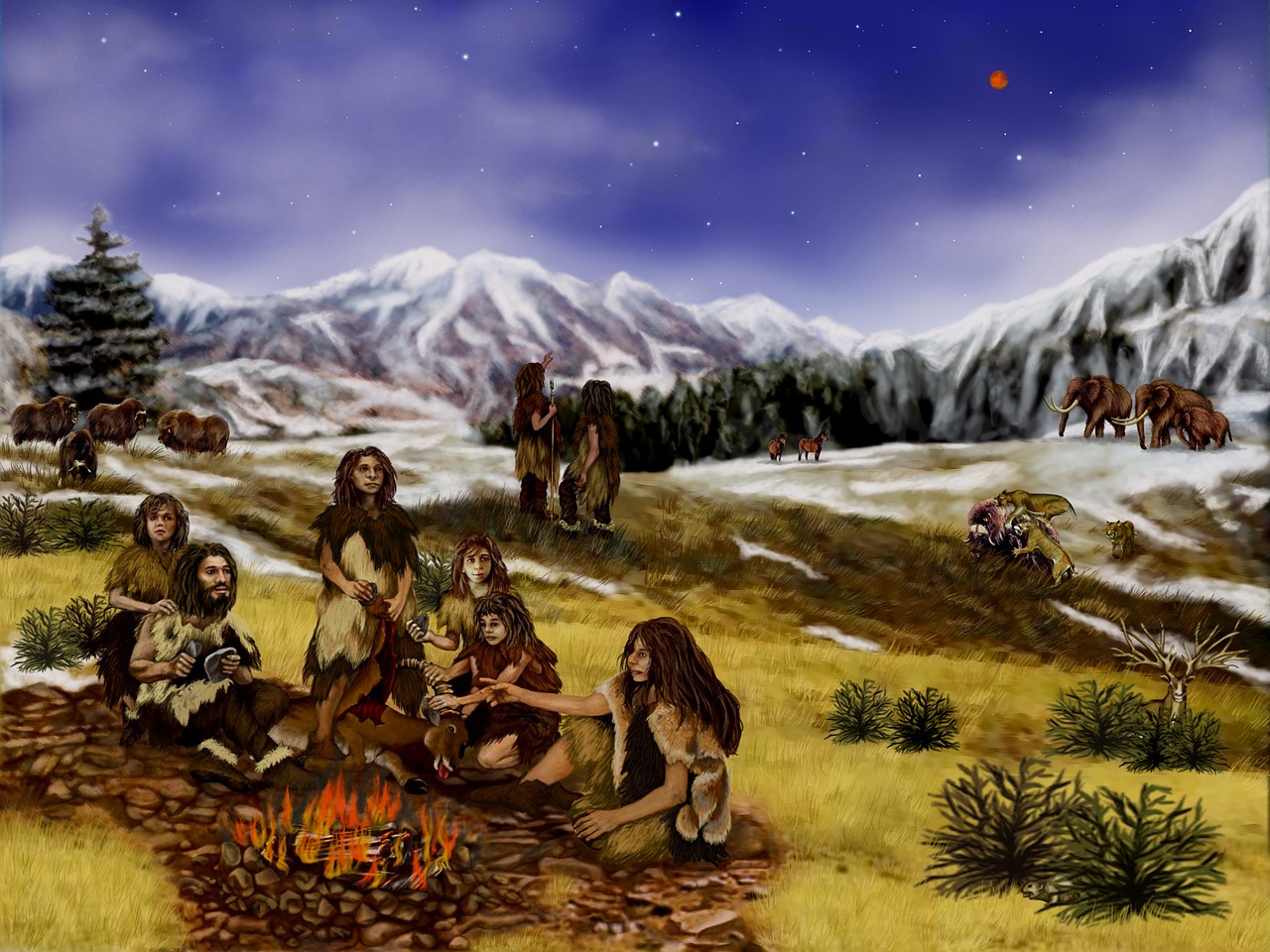
Introduction
History has a way of preserving itself, even in the most inconspicuous of places. One such place is the Gault Site, nestled in Central Texas, which provides an unparalleled window into the ancient past. Buried beneath the earth are remnants of human life preserved remarkably well in the Texas soil.
The Gault site at its earliest habitation
As you stand on the site today, surrounded by the rolling Texan landscape, it’s hard to imagine it as it once was. Thousands of years ago, it was an entirely different world. There were no highways, no sprawling cities. Instead, the land was covered in lush vegetation, populated by now-extinct megafauna, providing a bountiful yet challenging environment for the people there.
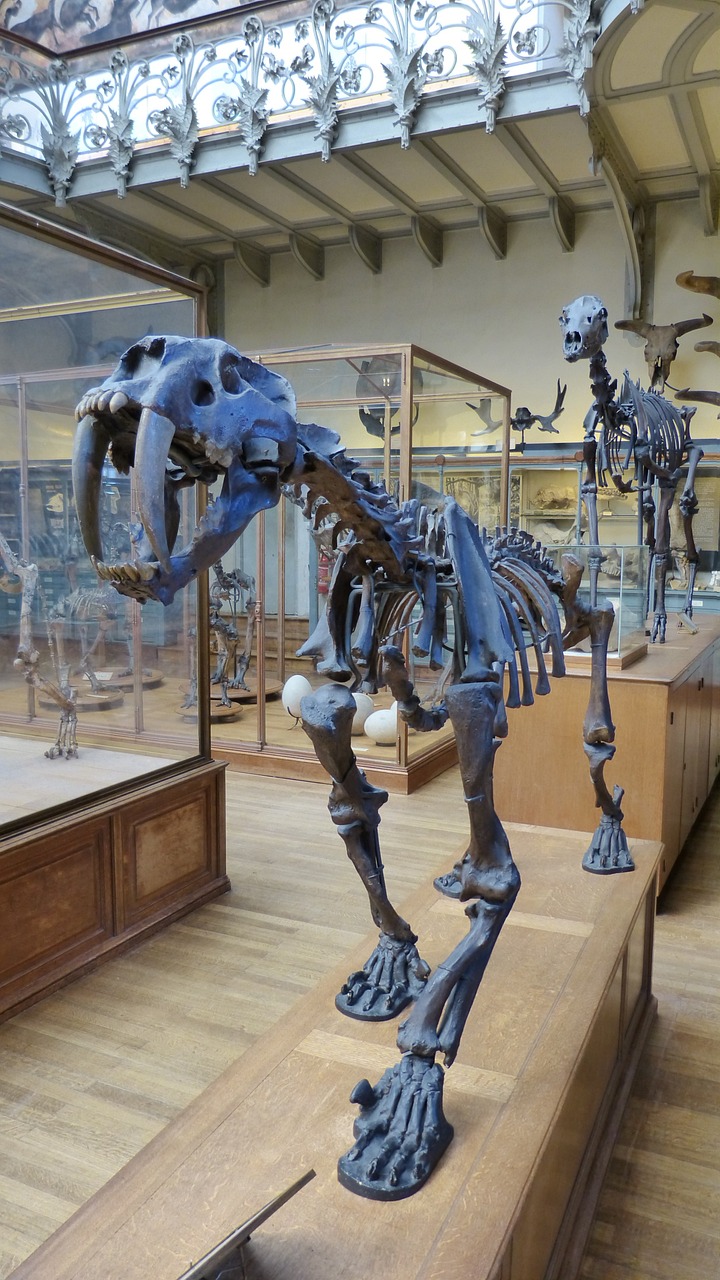
Central Texas would have been cooler and wetter than it is today, and although North America would have been enduring an ice age, the ice sheets would have been much further north.
The plant life would have been primarily grassland and savannah-like environments, with some areas of woodland and possibly even patches of more dense forest where the atmosphere was particularly favorable. The wildlife would have been rich and varied, featuring animals that are now extinct, such as mammoths, mastodons, saber-toothed cats, giant ground sloths, and dire wolves.
Discovery of the Gault Site
The discovery of the Gault Site happened by chance. In the 1920s, Henry Gault, a local resident and amateur archaeologist, recognized the area’s historical importance. But it wasn’t until decades later that the actual age and significance of the site were understood.
The Gault site was originally essentially a “pay to dig” site. Before its significance was fully understood and protected for professional archaeological study, landowners sometimes allowed amateur archaeologists and artifact collectors to explore the area, often for a fee.
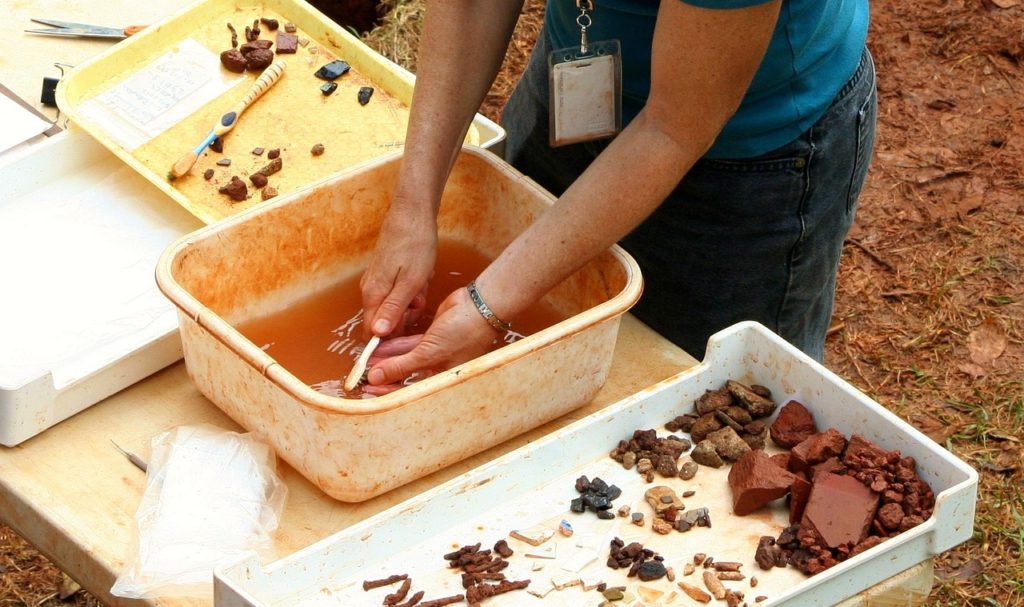
Professional excavations began in the late 20th century, and since then, archaeologists have unearthed more than two million artifacts, providing priceless insights into the prehistoric cultures that inhabited the region.
Today, the site is under the care of The Gault School of Archaeological Research, which conducts professional archaeological investigations and works to promote education and public awareness about the site and its significance.
Findings at the Gault Site
The artifacts found at the Gault Site include tools, weapons, and a vast array of items related to the everyday life of the prehistoric inhabitants. Some of the most significant discoveries include beautifully crafted Clovis points, a type of spearpoint synonymous with the Clovis people, considered one of the earliest cultures in North America.
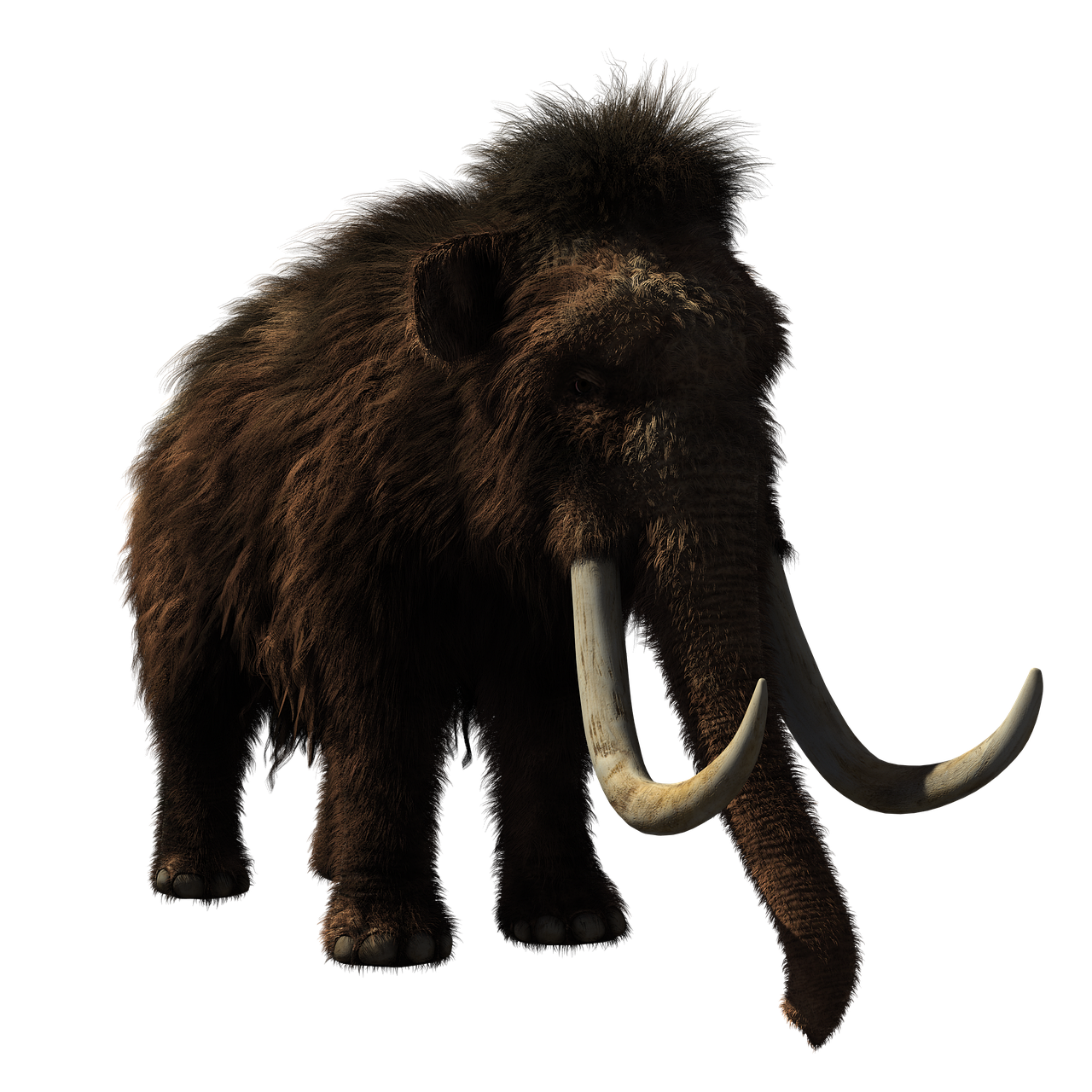
However, the site has also challenged our understanding of the timeline of human habitation in the Americas. The Clovis culture, named after the archaeological site near Clovis, New Mexico, where the first evidence of this culture was found, was long considered the first widespread human culture in North America, including Texas. In 2018, a study published in the journal “Science Advances” revealed that human artifacts found deeper in the sediment were older than the Clovis culture. This suggests that the Americas were populated long before the Clovis people, a discovery that significantly altered our understanding of early American history.
Understanding the Past Through the Gault Site
What does this site tell us, according to modern archaeology? The Gault Site’s archaeological significance lies not only in the age of the artifacts but also in their abundance and diversity. The site offers a snapshot of the daily life, culture, and adaptability of the prehistoric peoples, from the ancient hunters of the Pleistocene epoch to the more recent Native American inhabitants.
Through careful analysis of the artifacts, archaeologists have constructed a narrative of life at the Gault Site. It seems to have been a longstanding hub of human activity, likely due to the availability of resources like flint for tool-making and water from nearby springs.
The Friedkin Site, another archaeological location near the Gault site, suggests that early habitation wasn’t confined to this single location.
The evidence of artistic expression, like scored stones, suggests that these early inhabitants had a rich cultural life. Such findings challenge the notion of prehistoric peoples as mere ‘survivors’ and paint a picture of thriving, dynamic communities.
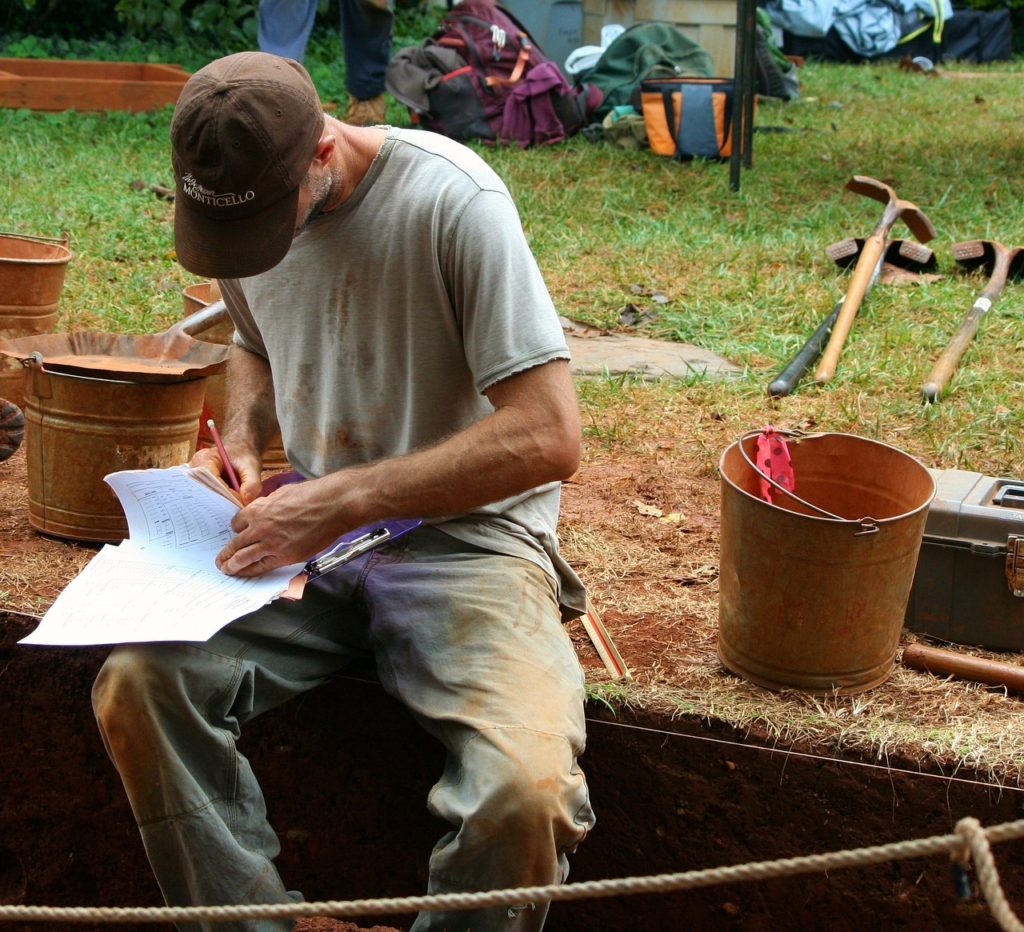
Conclusion: A Portal to Our Shared Past
Unearthing the history buried in the Gault Site has broadened our understanding of the earliest inhabitants of North America. This archaeological gem continues to challenge our perceptions, pushing back the timeline of human habitation and revealing the complexity and dynamism of prehistoric cultures.
The Gault Site is more than just a trove of ancient artifacts. It’s a portal to our shared past, a testament to human adaptability, and a reminder of the deep roots of human history in the Americas. As we continue to excavate and study this remarkable site, who knows what other secrets about our ancestors are waiting to be discovered?
